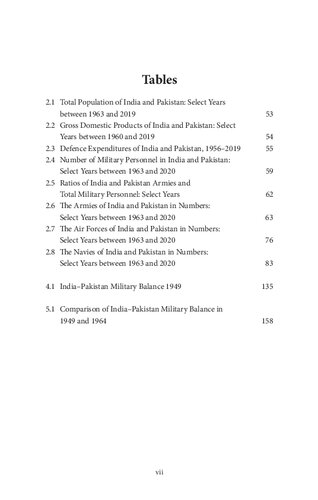

Most ebook files are in PDF format, so you can easily read them using various software such as Foxit Reader or directly on the Google Chrome browser.
Some ebook files are released by publishers in other formats such as .awz, .mobi, .epub, .fb2, etc. You may need to install specific software to read these formats on mobile/PC, such as Calibre.
Please read the tutorial at this link: https://ebookbell.com/faq
We offer FREE conversion to the popular formats you request; however, this may take some time. Therefore, right after payment, please email us, and we will try to provide the service as quickly as possible.
For some exceptional file formats or broken links (if any), please refrain from opening any disputes. Instead, email us first, and we will try to assist within a maximum of 6 hours.
EbookBell Team

0.0
0 reviewsNote: This version is incomplete. It starts from page vii.
This book explores what military strategy is and how it is interconnected with policy on one hand and military operations on the other. In the process, it traces the transformation of the notion of strategy from its original military moorings to a more policy-oriented and-influenced conception and elaborates upon a tripartite framework of policy, strategy and doctrine to think about, understand, and analyse the use of force. The book explores the politics of India-Pakistan conflict in order to root the study of Indian military strategy in the political sphere. It discusses three main issues that have ensured the persistence of conflict: incompatible national identities, Pakistan’s congenital quest for parity with and compulsion to challenge India, and irreconcilable positions on the Kashmir issue. The book argues that India has invariably pursued limited political aims that did not threaten Pakistan’s survival or form of government or regime in power albeit containing a counter offensive elements. It states that India employed the strategy of exhaustion during the Indian Army’s campaigns in the 1947-48 conflict and 1965 war, which made way to strategy of annihilation during the 1971 war (East Pakistan), but after Pakistan’s acquisition of nuclear weapons capability the strategy is back to exhaustion. The book highlights the importance of designing an overall military strategy for waging limited war and pursuing carefully calibrated political and military objectives by creatively combining the individual doctrines of the three services by establishing a Chief of Defence Staff system.